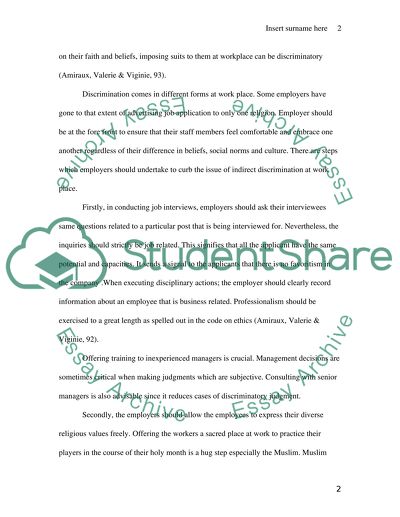Cite this document
(“Religious ignorance/unawareness Research Paper Example | Topics and Well Written Essays - 2500 words”, n.d.)
Retrieved from https://studentshare.org/sociology/1404228-indirect-discrimination-of-religion-in-canada
Retrieved from https://studentshare.org/sociology/1404228-indirect-discrimination-of-religion-in-canada
(Religious ignorance/Unawareness Research Paper Example | Topics and Well Written Essays - 2500 Words)
https://studentshare.org/sociology/1404228-indirect-discrimination-of-religion-in-canada.
https://studentshare.org/sociology/1404228-indirect-discrimination-of-religion-in-canada.
“Religious ignorance/Unawareness Research Paper Example | Topics and Well Written Essays - 2500 Words”, n.d. https://studentshare.org/sociology/1404228-indirect-discrimination-of-religion-in-canada.


